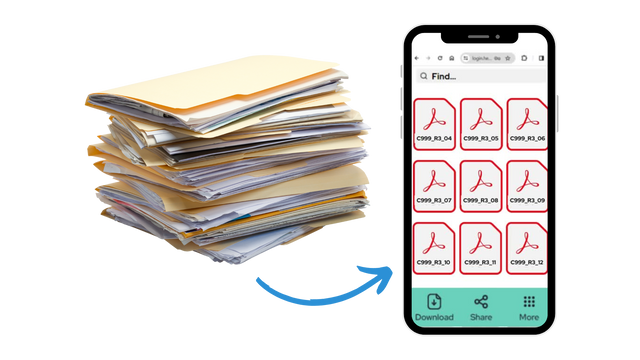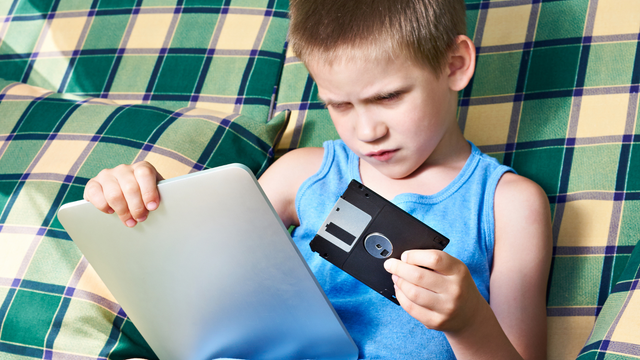The Fascinating History of VHS Tapes
When did VHS tapes come out? The answer takes us back to 1976, when JVC introduced the Video Home System (VHS) to the world. While today we casually refer to them as old VHS tapes, they were once revolutionary. VHS quickly overtook competing formats like Betamax due to its longer recording time, lower cost, and compatibility with home VCRs. By the 1980s and 1990s, VHS was the dominant format for home video, movie rentals, and even family camcorders.
For many families, VHS tapes became cherished time capsules. Weddings, birthdays, graduations, and vacations were all captured on these magnetic strips. But as technology evolved, DVDs, Blu-rays, and eventually digital streaming replaced these bulky cassettes.
The Problem with Old VHS Tapes Today
Even if your old VHS tapes still sit safely in storage, they are not immune to time. The magnetic tape inside these cassettes naturally degrades. Color fades, audio warps, and worst of all, entire sections of footage can become unplayable. Some tapes have already become unreadable due to improper storage or mold damage.
Additionally, finding a working VCR is becoming increasingly difficult. As manufacturers stopped producing new units, VCR repair services have dwindled, making it hard for families to revisit these precious memories. You can read our guide on the history of video to understand how quickly formats have changed.

Why Digitizing VHS Tapes Matters
Digitizing old VHS tapes isn't just about convenience; it's about preservation. Magnetic tape was never designed for long-term storage. By converting these tapes to digital files, you protect your memories from physical decay and gain the ability to easily share them with loved ones.
Heirloom offers America's best video tape conversion service for families ready to make this transition. While many companies still transfer old VHS tapes to DVD, discs can also degrade or become scratched. That’s why many families prefer secure cloud storage, which allows instant access, easy sharing, and peace of mind knowing your memories are safe from floods, fires, or hardware failure.
A Brief Look at VHS History and Cultural Impact
Understanding VHS history helps explain why so many homes still have shelves full of tapes. The VHS format wasn't just a way to record TV shows—it was a cultural movement. Families gathered for weekly movie nights. Children rewatched their favorite animated classics. Even the simple act of inserting a tape and waiting for it to rewind is a vivid memory for many.
Blockbuster Video and local rental stores thrived because of VHS. Home camcorders fueled a generation of amateur filmmakers, and countless weddings, birthdays, and school performances were captured on these tapes.
Today, as we rediscover these tapes in basements and attics, we recognize their emotional value. Preserving them through digitization helps ensure future generations can enjoy the same laughter, tears, and stories.

How to Start Preserving Your Old VHS Tapes
If you’re wondering how to start, you’re not alone. Many families feel overwhelmed by stacks of tapes and outdated equipment. That’s why professional services exist to make this process safe, simple, and stress-free.
With Heirloom’s VHS tape to digital service, you don’t need to purchase old equipment, learn technical software, or worry about damaging fragile tapes. Each memory is handled with care and returned to you in a modern, accessible format.
For other formats like VHS-C, explore our full video tape conversion collection to learn more about your options.
📧 Want more tips like this?
Subscribe to Heirloom emails to learn how to preserve your priceless memories. Get discount codes for expedited shipping, quality digitizing, and secure cloud storage. We never spam, and it’s easy to unsubscribe at any time.



